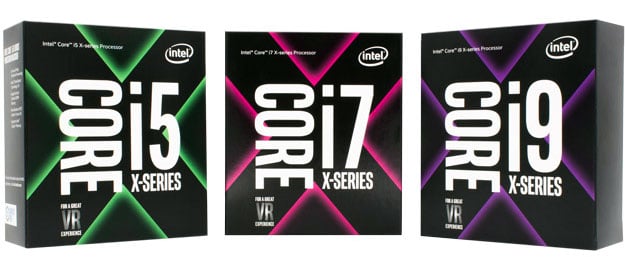Intel Is Staffing A Design Team For A Revolutionary New Processor Core
When AMD released its first Zen-based processors this past spring, which came to us in the form of Ryzen, it would be an understatement to say the company had a lot riding on the new family of CPUs. Post-launch, it was clear that AMD succeeded in its goal of making the battlefield competitive again. Fast-forward to today and it's fair to speculate that because Ryzen has proven so potent, that it has forced Intel's hand at expediting the release of some of its upcoming products. Intel's Core X series just launched a few weeks ago, giving Intel yet another edge and a performance lead over AMD - at least clock-for-clock and core-for-core. Where AMD still shines, however, is with its price points, often providing a lot more threads of processing for lower cost.

The fact that Intel had Core X ready to launch so soon after Ryzen is fortunate for the company, although for the time-being, its costs are keeping it out of the hands of most of the mainstream audience, something that could change when Kaby Lake-X chips launch, due this summer.
With AMD proving to be apt competition of late, Intel has apparently begun amping its design chops for the future, though AMD is not necessarily the sole reason of course. In a new job posting, the company is looking for an engineer to join its Hillsboro, Oregon team, building what the company simply calls its "next-generation core", or NGC for short.
Intel plans for this team to help "build a revolutionary microprocessor core to power the next decade of computing and create experiences we have yet to dream up", which sounds great to us. At the moment, the desktop / notebook processor landscape is interesting again, after a long drought of lopsided dominance by Intel. To realize that Intel planning for some revolutionary design is great to see, and likewise, it's good to know that AMD has its Zen 2 and future parts already well in the development stages. The next few years should prove very interesting on the microprocessor front.

